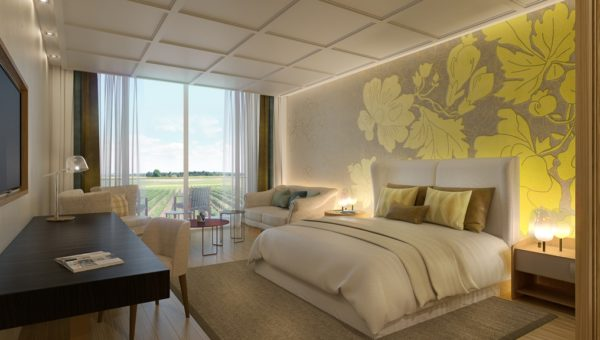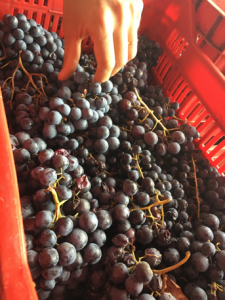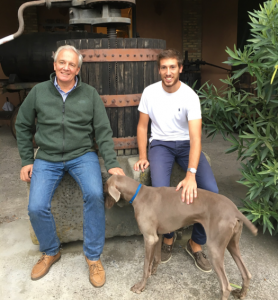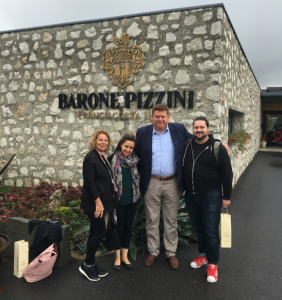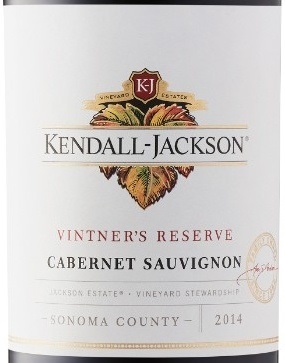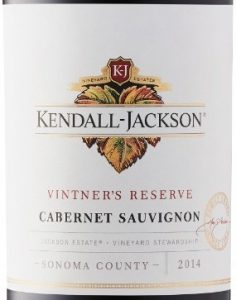“Follow the road of the golden bubbles”
MAITRE DE MAISON – NICOLAS BÉLIARD –
Champagne’s first contemporary luxury hotel, The Royal Champagne Hotel & Spa officially opened this week.
Embracing the lush bounty of the champagne houses and the surrounding UNESCO World Heritage sites, guests will have exclusive access to private Champagne houses, harvesting sessions with local wine producers and tastings personally curated by the in-house concierge team.
The Royal Champagne Hotel & Spa boasts an enviable location right in the middle of the vineyards that stripe the hills of Epernay, the capital of Champagne, and the historic villages of Champillon and Hautvillers of Dom Perignon fame. Reimagining a wine-country retreat for all seasons, local Reims-based architect Giovanni Pace has designed the property in the style of a contemporary amphitheatre, incorporating the original 19th Century Post House where it is said that King Charles X of France stopped over before heading to Reims for his coronation.
‘Champagne’ rooms start at £489.92 per night feature a king-size bed and private terrace.
The top tier ‘Josephine’ suite meanwhile, will set you back £1,068.71 a night and boasts a sitting room and balcony overlooking vineyards.
Each of the 49 rooms in the 16,000 square foot space features Hermès bath products.
The original property has been closed since 2014 after it was acquired by Boston-based Champagne Hospitality collection, a group of boutique luxury hotels and spas that includes the award-winning Le Barthelemy Hotel & Spa in St. Barths. The hotel is led by Nicolas Béliard, formerly General Manager of the Peninsula Paris.
Royal Champagne Hotel & Spa is home to the region’s first world-class destination spa spanning 16,000 ft. In partnership with acclaimed French brand Biologique Recherche, the wellness centre comprises nine treatment rooms; state of the art fitness facilities; a wood-lined yoga studio; eucalyptus-infused sauna; manicure and pedicure stations, and a mosaic-tiled Hammam. Completing the experience are two temperature-controlled, chaise longue-lined swimming pools – one indoor, one outdoor – along with dedicated staff who deliver invigorating juice blends and guide guests to multiple relaxation lounges. Biologique Recherche offers a highly personalised approach, with signature treatments including the ‘Soin seconde peau / Second skin treatment’, a regenerating and lifting facial treatment. All products are formulated using pure natural or biotechnological compounds and are fragrance free. Spa packages and retreats will also be available throughout the year.
Two-star Michelin chef Jean-Denis Rieubland is the Royal Champagne Hotel & Spa’s Executive Chef, where he leads the two gastronomic dining experiences – a gourmet dining room, Le Royal, and a more casual, all-day restaurant, Bellevue. Formerly Executive Chef of Le Chantecler at the Negresco Hotel in Nice, Chef Rieubland brings the highest level of gastronomy to Royal Champagne, where he will preserve French ‘know-how’ while injecting a contemporary touch. Rieubland’s cuisine is influenced by the local surroundings, working closely with farm producers of the region. He will also be developing a Chef’s garden on a large terrace overlooking the hills of Épernay.

